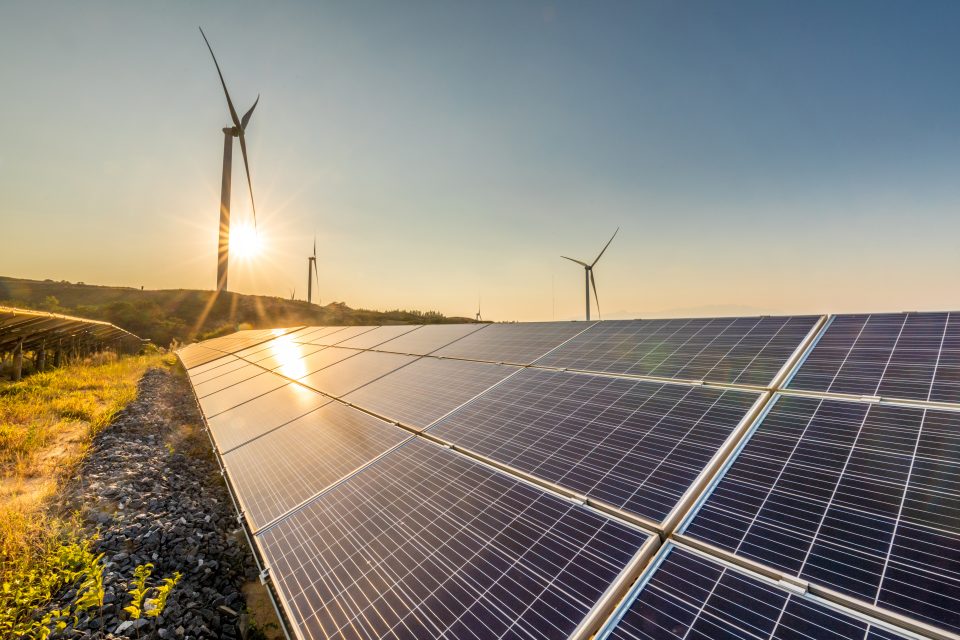By Kevin Peesker, President, Microsoft Canada
Over the past year, the COVID-19 crisis demanded immediate attention and urgent action from people, organizations and governments around the world. While many of the challenges from the pandemic remain, we can no longer afford to keep one of the most pressing issues of our time, climate change, on hold. With many global sustainability goals set to 2030, this decade requires a collective ambition and effort from businesses of all sizes and across all industries.
Managing energy use and reducing carbon emissions is a critical component in tackling the climate crisis. As Ontario’s largest power generator and clean technology innovator, Ontario Power Generation (OPG) is leading the drive for decarbonization while balancing economic and environmental benefits, and Ontario’s electricity needs. To support this mission, OPG’s Energy Markets team is using Microsoft AI to help forecast prices, deliver value to Ontario, and move a step closer toward a carbon-neutral future.
“Our team of specialists is responsible for optimizing and managing the output of OPG’s low carbon generation and returning value from the market to the Province,” said Nick Pender, Vice President, Energy Markets, OPG. “We forecast the supply, demand, and ultimately the price of electricity across Ontario and the interconnected Energy markets of North America. With the help of this forecasting, we can decide where and when it is economic to trade Ontario’s low-cost clean generation in neighbouring markets.”
The transactions, called intertie trades, help provide operational flexibility and ensure the reliability and cost-effectiveness of the Ontario electricity system while offsetting high carbon coal and oil power generation in neighboring markets with Ontario’s low carbon generation portfolio.
Building Rigour, Removing Guesswork
The process of forecasting has become more complex in recent years, as weather forecasts move from driving electricity demand (hot and cold) to increasing supply through variable solar and wind generation. To address these challenges, the Energy Markets team is modernizing its techniques with Microsoft Azure to improve decision making with increased efficiency.
“We have deployed Microsoft Azure for our data strategy, analytics, and modelling needs,” said Pender. “Using our own in-house capacity, we designed a Data Driven Trading, or DDT, platform. It’s a collection of tools and AI models that help us analyze data and improve forecasting accuracy for electricity pricing.”
The DDT suite of tools and apps range from simple Power BI reports presenting weather forecasts for North America, to sophisticated AI models that forecast detailed energy trends critical for informing market transactions. The sheer volume of data OPG can consume, feed into a model, and produce timely-actionable results is beyond anything imagined just a few years ago. Custom-built and designed with trader logic in mind, this is a big win for the company’s traders whose job and performance relies on producing accurate results faster than their competition.
Since getting the model up and running last year, the team continues to fine-tune the criteria around which data is collected for price forecasting.
“We’re looking to build a better model that expands electricity price modeling to larger markets,” says Goce Jankuloski, OPG Data Scientist and Model Developer. “If we can predict prices in jurisdictions other than our own a day or two ahead, we can identify arbitrage opportunities and be in a position to help other markets lower their carbon footprint, taking advantage of the low carbon generation here in Ontario.”
The Energy Market initiatives are aligned with OPG’s larger priorities outlined in the company’s recent Climate Change Plan and supports its goal of becoming a net-zero carbon company by 2040, while advancing clean tech solutions that help surrounding markets achieve net-zero carbon economies by 2050.
Microsoft’s Sustainability Journey
At Microsoft, we recognize that, as a global organization, our most important contribution to carbon reduction will come not from our own work alone but by helping our customers around the world reduce their carbon footprints through our learnings and with the power of data science, artificial intelligence, and digital technology. Recently, we introduced the Microsoft Sustainability Calculator. Using this tool, our cloud customers can input their data and get a left to right view of the total carbon emissions resulting from their cloud usage, capturing everything from the direct emissions that a company creates, the indirect emissions from its consumption of electricity, and the carbon emissions created by its supply chain. The calculator uses AI and advanced analytics to provide actionable insights on how to reduce emissions, the ability to forecast emissions, and simplifies carbon reporting.
We are proud to have been one of the first major companies to be carbon neutral in our operations by reducing our emissions, purchasing renewable energy, and investing in carbon offsets. However, as science and technology have advanced, we realized that’s not good enough and we need to be more ambitious. That’s why we have committed to being carbon negative by 2030 and are expanding what we’re accounting for to include “scope 3” activities, which includes our supply and value chains. By 2050, our goal is to remove more carbon from the environment than we have emitted since our founding.
The Road Ahead
No one company can solve the world’s environmental challenges alone; by collaborating with industry leaders and leveraging the power of digital innovation, together we can play a significant role in advancing the effort to achieve a net zero carbon future. For OPG’s Energy Markets, moving to a cloud-based platform has afforded the group new possibilities to leverage their market expertise and ingenuity while lowering carbon emissions and making a return in the process. This will prove especially useful as the team looks to expand its forecasting model by adapting the capability in Azure to better predict all forms of solar and wind generation in the Ontario market.
For more information on how Microsoft is helping its customers meet their sustainability goals, please visit https://azure.microsoft.com/en-ca/global-infrastructure/sustainability/




